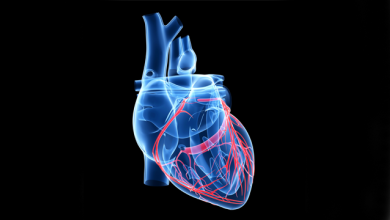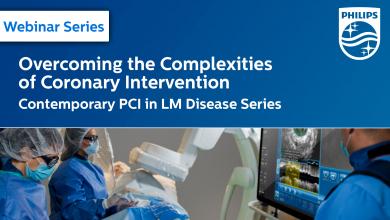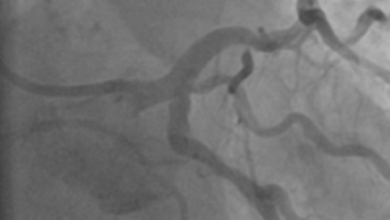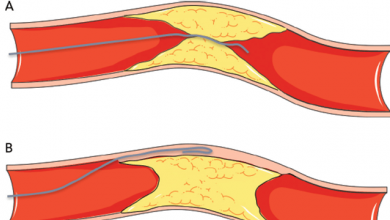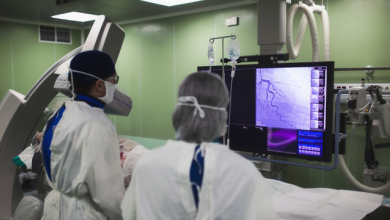Search results
Proximal Side Optimization
Author(s):
Francesco Lavarra
Added:
3 years ago
Article
Author(s):
Ali Nazmi Calik
,
F Aaysha Cader
,
Erik Rafflenbeul
,
et al
Added:
8 months ago
Author(s):
José M de la Torre Hernández
,
Hee Hwa Ho
,
,
et al
Added:
2 years ago
Left Main Coronary Artery (LMCA) intervention is challengingto the operator due to a wide array of factors as compared to treating other stenosis elsewhere in the coronary tree. Complications arising from hemodynamic instability, lack of proximal reference angiographically and lesion preparation due to a higher rate of atherosclerosis make LM Coronary Artery Disease (CAD) by far the most complex…
View more
Author(s):
Krzysztof Pujdak
,
Jan Kähler
,
Marc Werner
Added:
3 years ago
Significant stenosis of the left main (LM) coronary artery is observed in 7% of coronary angiographies.1 Coronary artery bypass grafting has traditionally been the treatment of choice. In recent years, percutaneous coronary intervention (PCI) has evolved as an alternative, especially for low and intermediate SYNTAX score patients.2 However, during PCI of bifurcation lesions, approximately 50% of…
View more
PCI for Chronic Total Occlusion
Author(s):
Giovanni Maria Vescovo
,
Carlo Zivelonghi
,
Benjamin Scott
,
et al
Added:
3 years ago
Article
Transesophageal Echocardiography
Author(s):
Bijoy K Khandheria
Added:
3 years ago
Article
Transesophageal Echocardiography
Author(s):
Bijoy K Khandheria
Added:
3 years ago
Article
Author(s):
Abdulrahman Almoghairi
,
Nayef Al-Asiri
,
Khalid Al Johani
,
et al
Added:
9 months ago
Author(s):
Alexander G Truesdell
,
Matheen A Khuddus
,
Sara C Martinez
,
et al
Added:
3 years ago
“When you fail to prepare, you’re preparing to fail.”
– Coach John Wooden
Ongoing technological and procedural innovations increasingly permit the safe and effective performance of ever more high-risk and complex percutaneous coronary interventions (PCI) in the modern cardiac catheterization laboratory. Anatomic characteristics of higher risk include unprotected distal left main stenosis,…
View more
Author(s):
Bruce L Macrum
Added:
3 years ago
Both the art and the science of echocardiography have made tremendous strides in the 50 years since their earliest origins. In its modern-day form, echocardiography maintains a legacy of bedside utility while adopting many of the technologic advances ushered in by the digital era. As a result, it boasts a broad and growing spectrum of application including routine use in primary cardiac diagnosis…
View more









